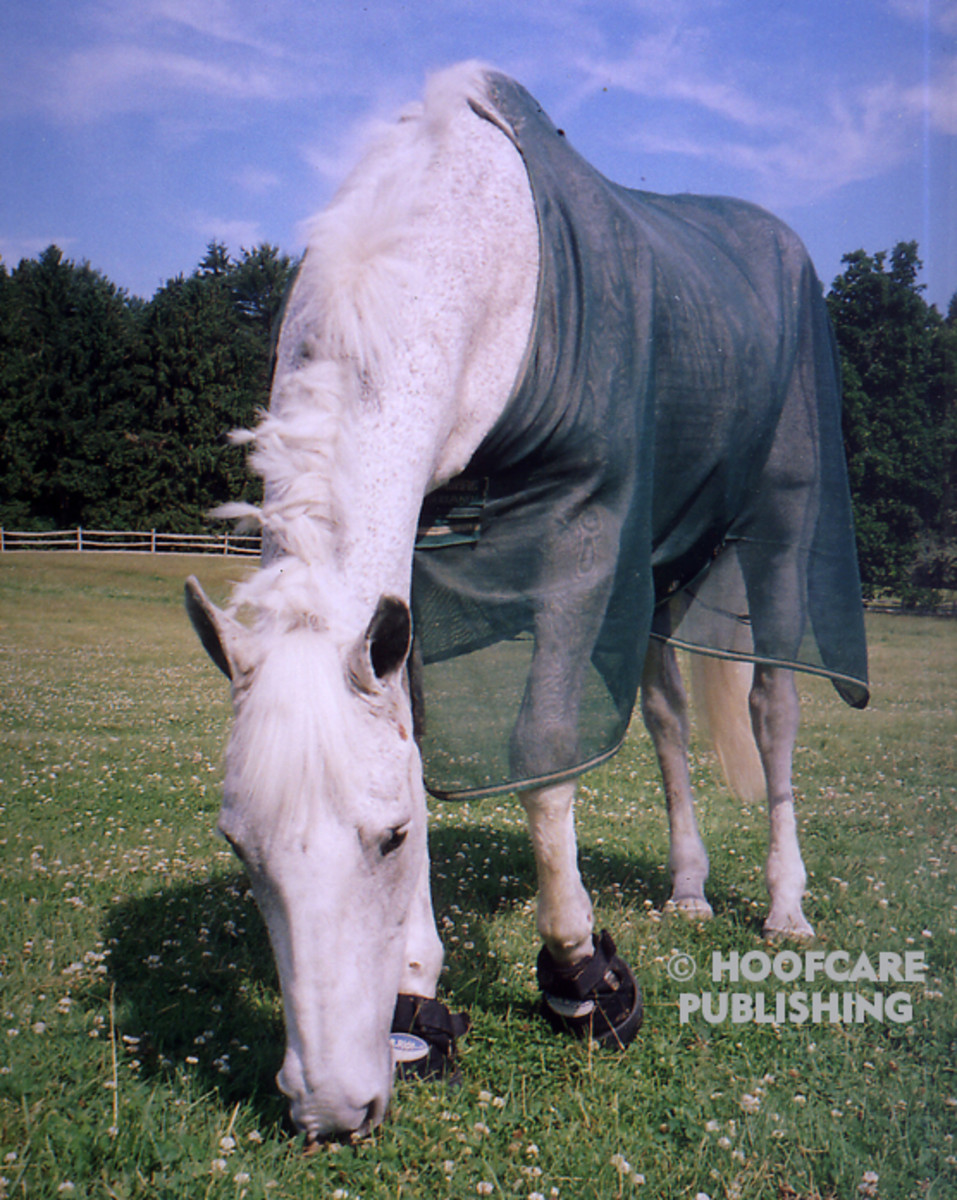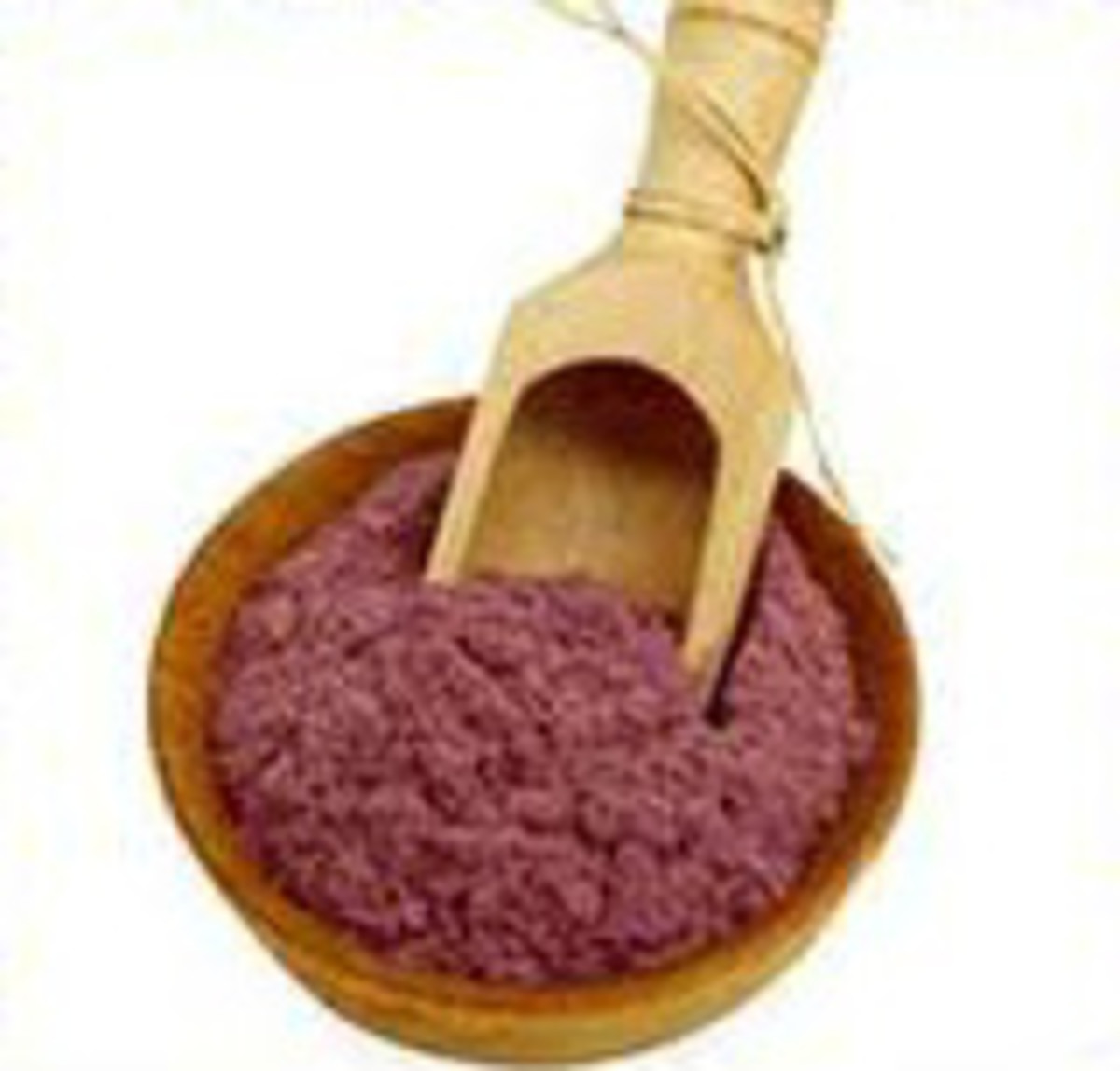
The imminent release of Boehringer Ingelheim Vetmedica’s FDA-approved Prascend? to the equine market may mean serious changes are afoot for senior horses that are currently being medicated with pergolide to control symptoms of equine Cushings disease (PPID) or insulin resistance.
This topic is of such importance to the owners of these horses that The Jurga Report has handed the keyboard to our vet friends at Twin Pines Equine Veterinary Services LLC in Voluntown, Connecticut. Ashley Leighton VMD and Matt Kornatowski DVM have written the most logical explanation I’ve seen or heard on how the new medication from Boehringer Ingelheim Vetmedica may affect the availability of compounded pergolide, and why.
One thing this explanation does not include is what the price difference will be. Another question is about the timing of the drug’s release to the market. Fall is a risky time for horses prone to laminitis; when is the best time to make the switch and what do we watch for and how long will it take to ascertain the correct dose of the new medication? For those answers, we must wait and see–and hold our breath.
Thanks very much to Dr Laighton and Dr K for their help with this article. You might enjoy a visit to their website to read the Twin Pines Equine blog–and it’s also fun to follow them on Twitter: @twinpinesequine.
Compounded drugs are a hot topic in veterinary medicine, for various reasons.? As veterinarians, we rely on them to treat our patients when no other drug will do.? For many years, pergolide (used to treat Cushing’s Disease in horses)?has been one of these compounded drugs.? In a few days, a major drug company will release Prascend?, a new FDA-approved?formulation of ?pergolide.? So, what’s the difference, and how will it affect you and your horses?
Let’s take a look at the history of this drug. Pergolide has been around for decades and was originally used to treat Parkinson’s disease in humans. However, heart defects were noted as a side effect and the FDA removed it from the market. These side effects are not seen in horses treated with pergolide and it works really well in treating Cushing’s Disease. So if it’s off the market, then how can we still get it?
This is where compounding pharmacies come in.? Compounding?a drug means that??a new?medication is created by combining or altering ingredients.? It can be?a way to customize a drug for an individual’s needs, or create a drug that does not otherwise exist.??This can be done by creating the drug from “bulk” (raw)? materials or by?altering a pre-existing formulation.??If a?drug?exists, altering it?can be as?simple as making a liquid from a tablet, or adding a flavoring agent.??? Think of baking a cake from scratch (flour, eggs, milk, etc) versus using?a boxed mix where?most of?the ingredients are pre-measured for you.?? In general,?using a boxed mix?gives you a more consistent product, but if that box doesn’t exist, you must make it from scratch.

Typically, if an FDA-approved formulation is available, the pharmacy must use that drug as the base material to create a new formulation.? If no such drug exists, they can create a formulation using “bulk” materials.? Pergolide was?not available in an FDA-approved form;?therefore ?it has been manufactured from bulk materials?since 2007.
Since compounding pharmacies aren’t regulated at the federal level (they are licensed and regulated by the state), questions regarding drug concentrations, potency, and shelf life have arisen.?? Drugs that are approved by the FDA?undergo rigorous testing with regards to concentration and stability (it takes an average of 12 years to get a human drug approved!).??After this testing, drugs?are labeled with an expiration date.? Compounded drugs, by law, do not have expiration dates; however they do have “Discard after” dates.? These discard after dates?usually have nothing to do with concentration studies and tend to merely be recommendations by the pharmacy.
As we said, for the past few years, pergolide has been available?only as a compounded drug.??And it?has?worked well in the hands of veterinarians during that time.? It?has been?available as a liquid or as a flavored?powder for ease of administration.? (What horse doesn’t prefer peppermint flavoring?covering their meal?)?? The problem is that there is no guarantee of how long it will last or what the actual concentration of the drug?is.? A study was performed looking at the stability of?compounded pergolide over a 35-day period and it revealed a significant drop in?drug concentration over that time.? Not only that, but the original concentrations?of these drugs were not always exactly as labeled.??Prascend??will be available as a tablet which can be purchased in large quantities.? It’s shelf life will far exceed that of a compounded drug.???It is supposedly easily dissolved in water, but the manufacturers?are recommending that it not be crushed.
How will this affect you and your horse?? The fact is we are not 100% sure at this time.? When an FDA-approved product exists, we are required?to use that product instead of a compounded one.? There are instances where we are able to?compound a new formulation?(such as a paste) from the approved product,?for ease of administration.? The?production of a powder form of pergolide?may or may not be possible.? What we do know?is that this drug is?likely going to cost a bit more.? The prices that we have?seen?are slightly higher than what we pay for the compounded drug, but you must remember that this drug cost millions of dollars to develop.

While it may take some getting used to, we feel that the FDA approval of Prascend? is a good thing for the horse industry.???It is a stable drug with a guaranteed concentration.? Since it is a lifetime drug, the convenience of?being able to buy a?six-month?supply?versus remembering to?refill a prescription monthly is something to look forward to.? And that means you don’t have to talk to that pesky vet as much!? Not a bad trade?off for a few extra dollars a month, eh?
This blog post was written by? Ashley Leighton VMD and Matt Kornatowski DVM. They are co-owners of Twin Pines Equine Veterinary Services in Voluntown, Connecticut.








